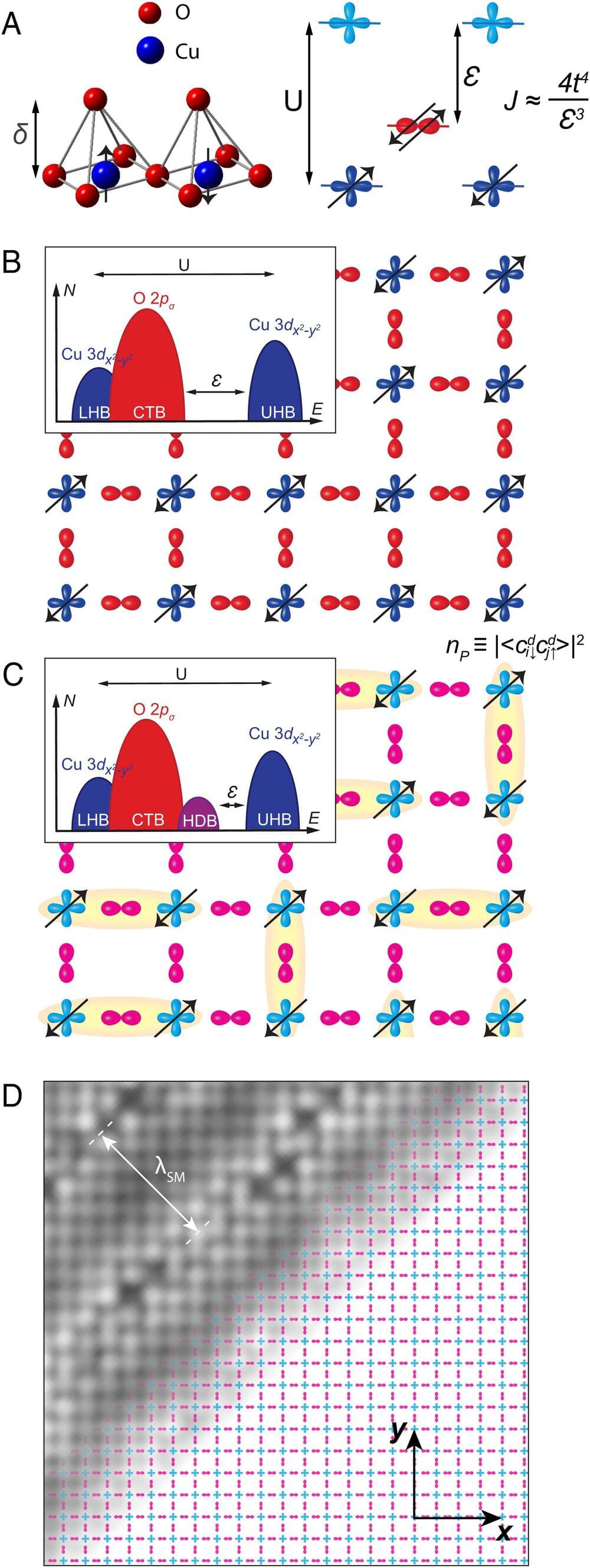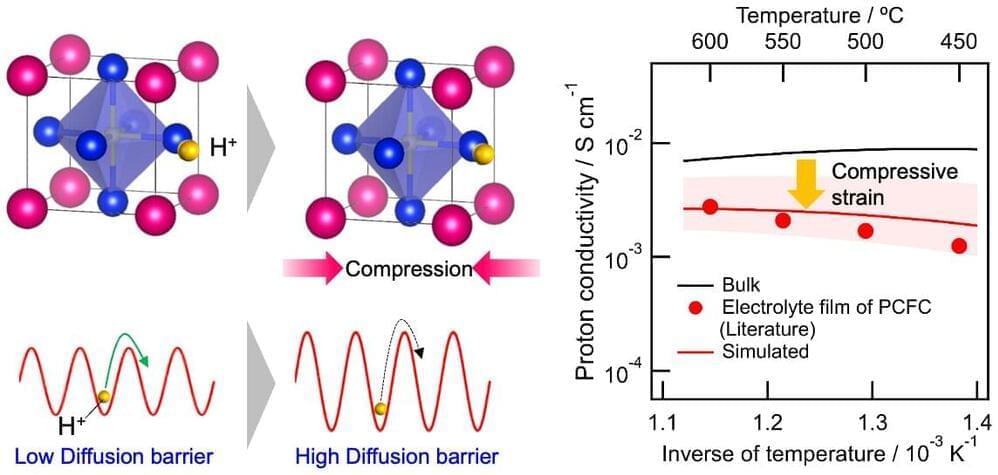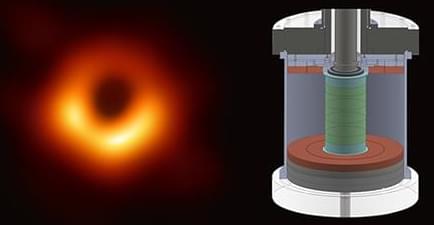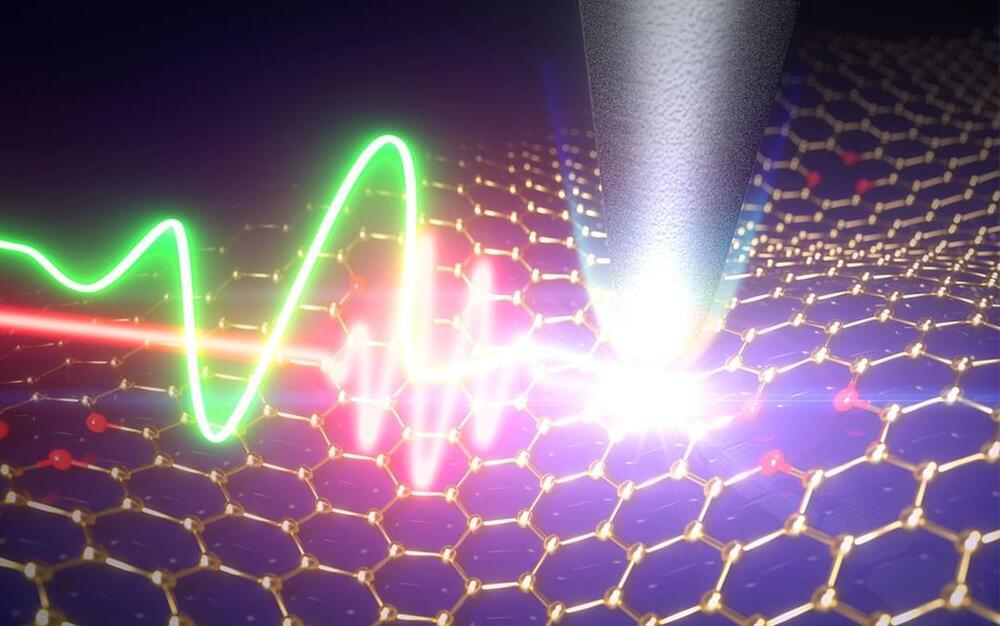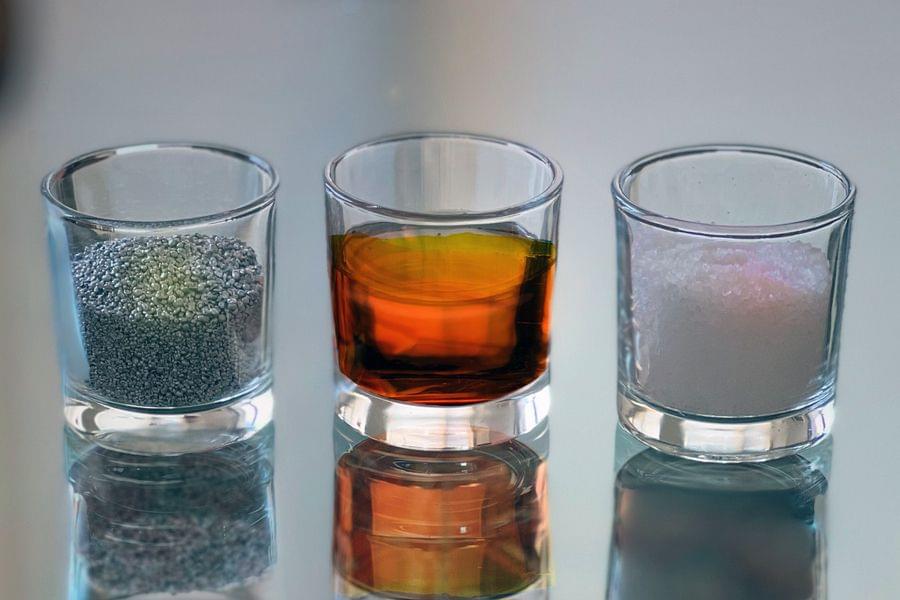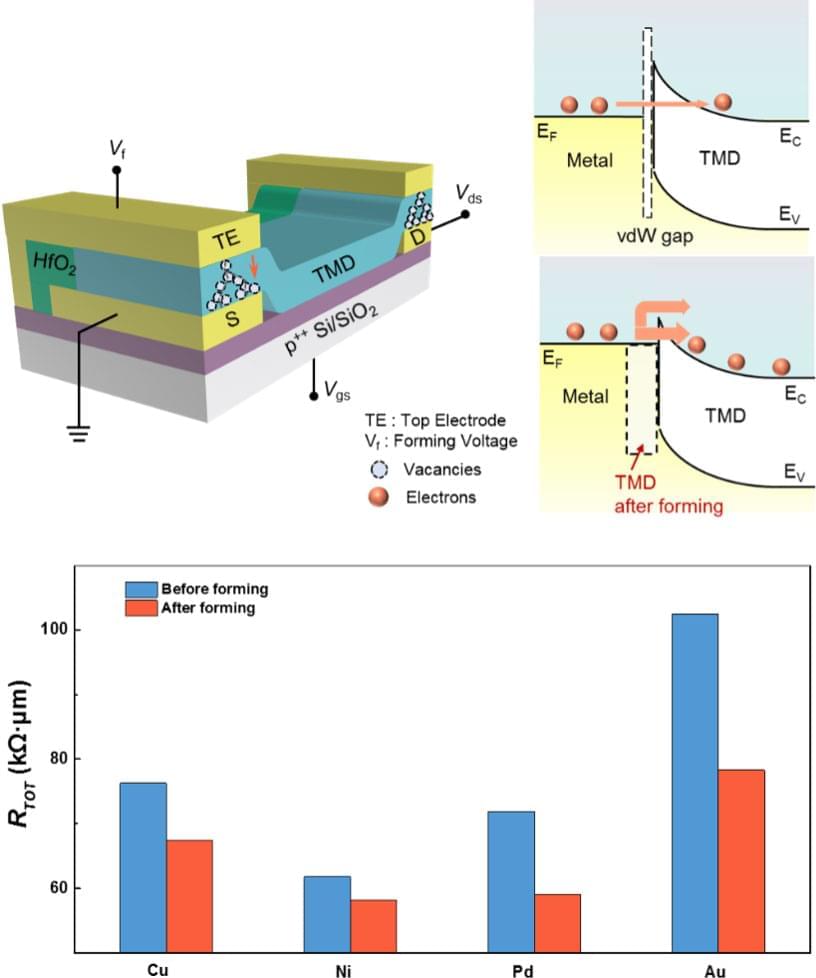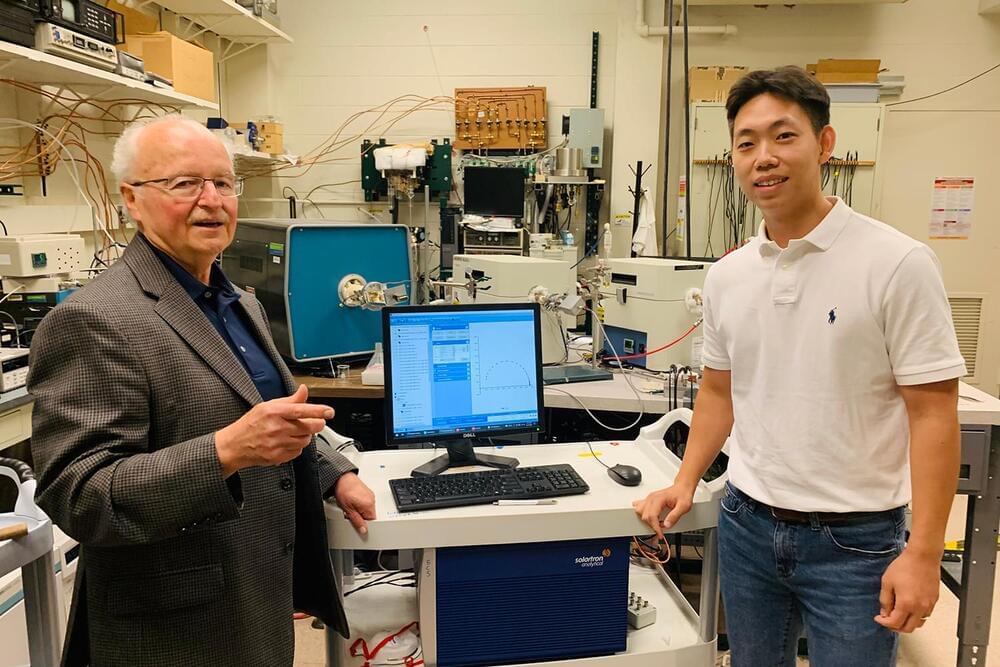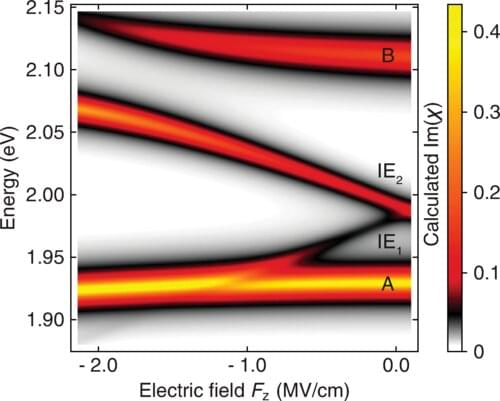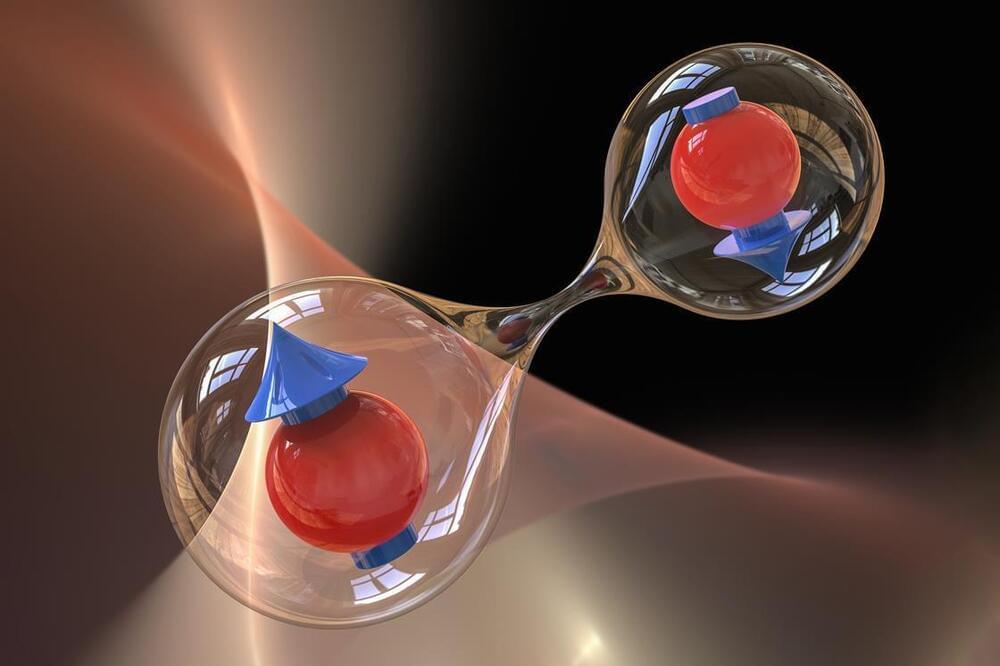Today, an international team of researchers led by Séamus Davis, Professor of Physics at the University of Oxford and University College Cork, has announced results that reveal the atomic mechanism behind high-temperature superconductors. The findings are published in PNAS.
Superconductors are materials that can conduct electricity with zero resistance, so that an electric current can persist indefinitely. These are already used in various applications, including MRI scanners and high-speed maglev trains, however superconductivity typically requires extremely low temperatures, limiting their widespread use. A major goal within physics research is to develop super conductors that work at ambient temperatures, which could revolutionize energy transport and storage.
Certain copper oxide materials demonstrate superconductivity at higher temperatures than conventional superconductors, however the mechanism behind this has remained unknown since their discovery in 1987.
